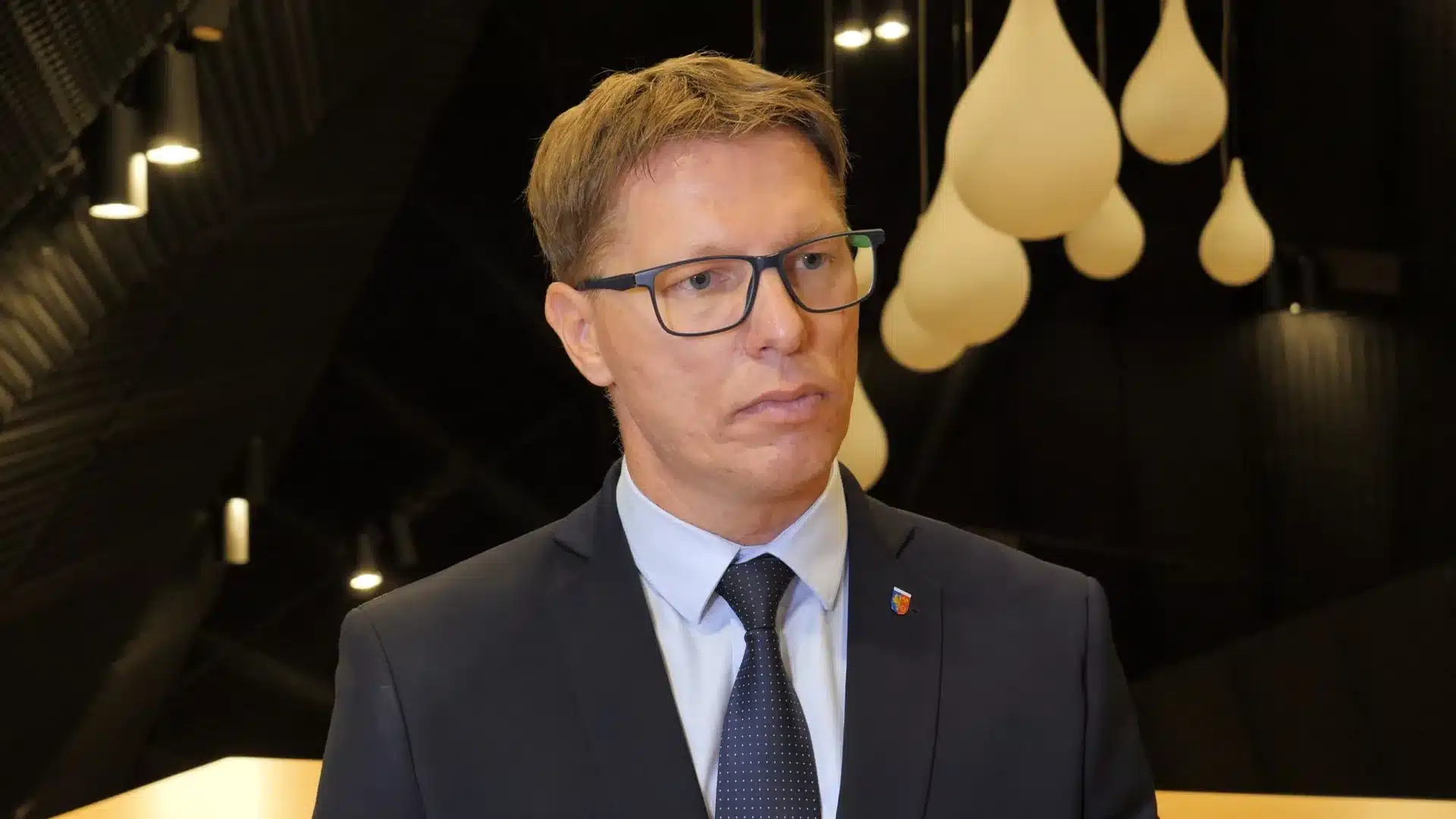The Ministry of Finance plans to introduce changes in the funding of local governments. Local government revenues would be based on the local tax base, determined by the income of residents and businesses in the area, regardless of the amount of PIT (Personal Income Tax) and CIT (Corporate Income Tax). Beyond financial issues, the main problems are demographic concerns, the contracts of municipal companies, and the functioning of education and healthcare systems. Neighboring towns duplicate general departments that lack both staff and occupancy, indicating a need for specialization.
“The main problems for local governments are finances and demographic issues, as our population is decreasing. However, each of our municipalities has its own specific characteristics and problems. To solve the first two, we definitely need help from the ministries and the government, while we can handle the others ourselves,” says Daniel Beger, the mayor of Świętochłowice, to the Newseria Biznes news agency. “Finance Minister Andrzej Domański sent a very positive signal by meeting with local government officials before the elections. He presented a vision of a partnership approach to local governments. We know that work is ongoing on various solutions, and previous governments also had such solutions, but they never came to fruition. Let’s give some more time for the solutions proposed by Minister Domański to be implemented, which will ensure that the revenues from PIT and CIT will be at a satisfactory level for us.”
The changes regarding the financing of local government units are expected to come into effect as early as January 1, 2025. Finance Minister Andrzej Domański has announced the introduction of mechanisms to encourage local governments to invest. The funding will be based on their own revenues – from PIT and CIT calculated using a precise algorithm. Each local government unit is expected to benefit from this solution. The total cost is projected to be 25 billion PLN. The fundamental premise of the reform is that revenues should be determined by indicating the percentage share of the local government unit in the tax revenues within its territory, meaning that local government revenues would depend on the incomes generated by residents and businesses in the area.
“In addition to financial issues, there are also issues related to in-house provisions. Today, with municipal companies, we can allocate only 10 percent of revenues to commercial activities, with 90 percent of activities mandated by the city. At the European directive level, these proportions are 80 to 20 percent,” says the mayor of Świętochłowice. “This would allow our municipal companies to grow and have a broader range of investments they could undertake. For us, this would translate into more job security for Świętochłowice residents, most of whom are employed in this company.”
Public procurement within the “in-house” framework is a type of procurement carried out under special procedures, using one’s own resources and within one’s own enterprise. By assigning tasks to its own municipal company under the “in-house” framework, the contracting authority has control over the remuneration for the task. According to the Public Procurement Law, over 90 percent of the controlled company’s activities must concern tasks assigned by the local government unit.
Świętochłowice prides itself on a high investment rate per capita. Currently, the most important investment in the city, which began in the previous term, is the construction of a sports and entertainment hall, scheduled for completion in spring 2025. The next challenge will be the implementation of the “Mijanka” Transfer Center. This key project aims to encourage residents to switch from cars to public transport, easing traffic congestion not only within the city but across the entire metropolitan area.
The most serious problems the city faces, however, are in education and healthcare.
“From the perspective of a city with county rights, due to the subsidy that does not cover all the costs we incur, the city still has to generate about 30 percent of the revenues to cover the costs of education. We don’t have universities; we have only two high schools and one vocational school. The costs are enormous, and if solutions could be found where the Ministry of Education would guarantee 100 percent subsidy, we would gladly take on the infrastructure and modernization of facilities to ensure the quality of education,” says Daniel Beger. “The second issue is healthcare. We have a county hospital, and neighboring cities like Chorzów, Ruda Śląska, and Bytom also have such hospitals. There is a huge problem with both staffing shortages among doctors and bed occupancy. With the same departments, occupancy is at 30–40 percent. These are uneconomical solutions, and we need a top-down, ministerial solution to maintain our medical institutions, but mainly with specializations, so that these departments complement each other across different cities.”
